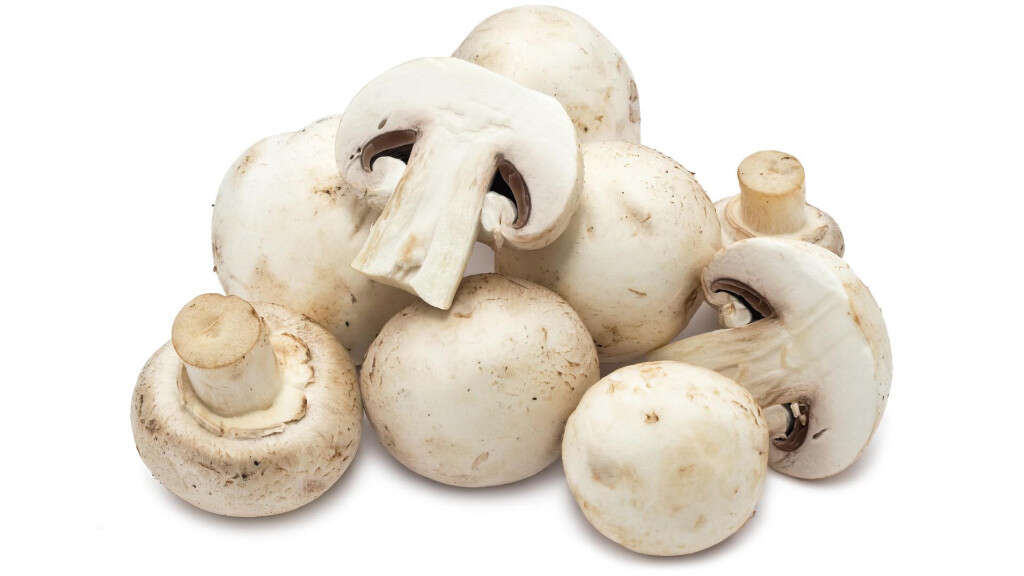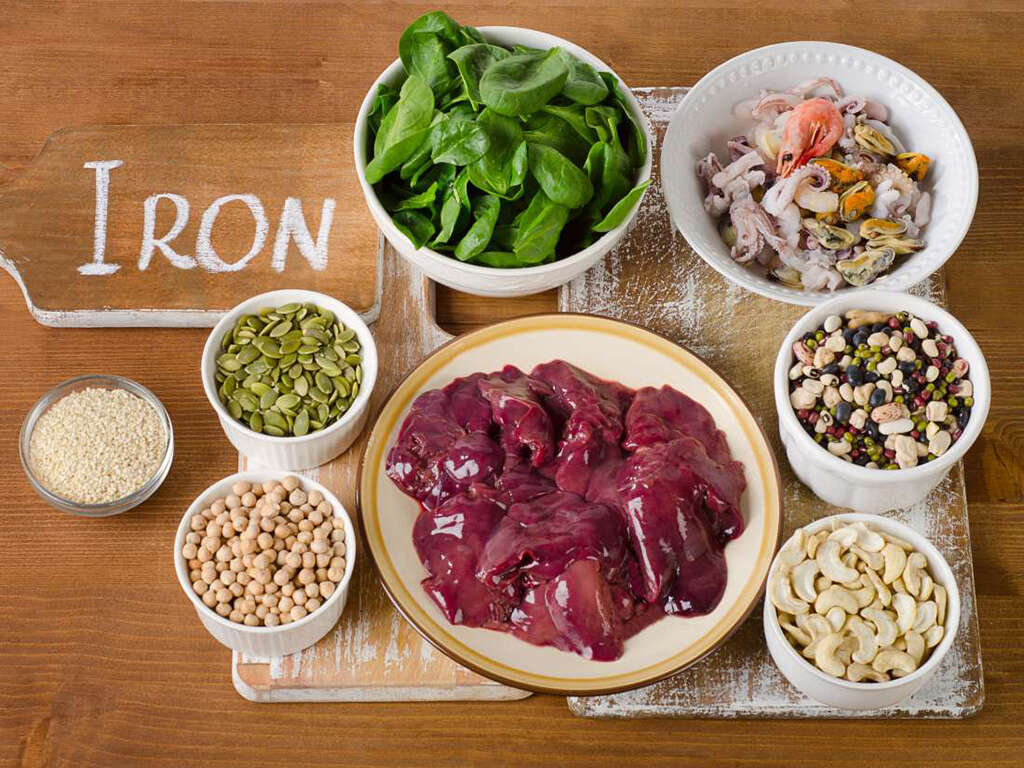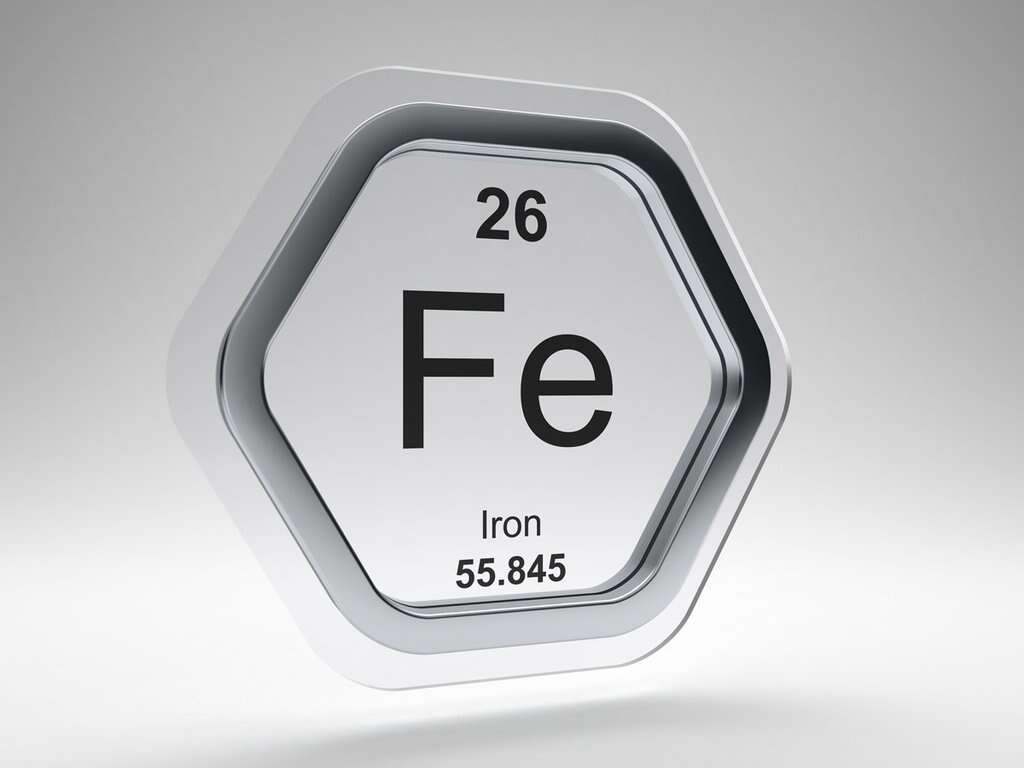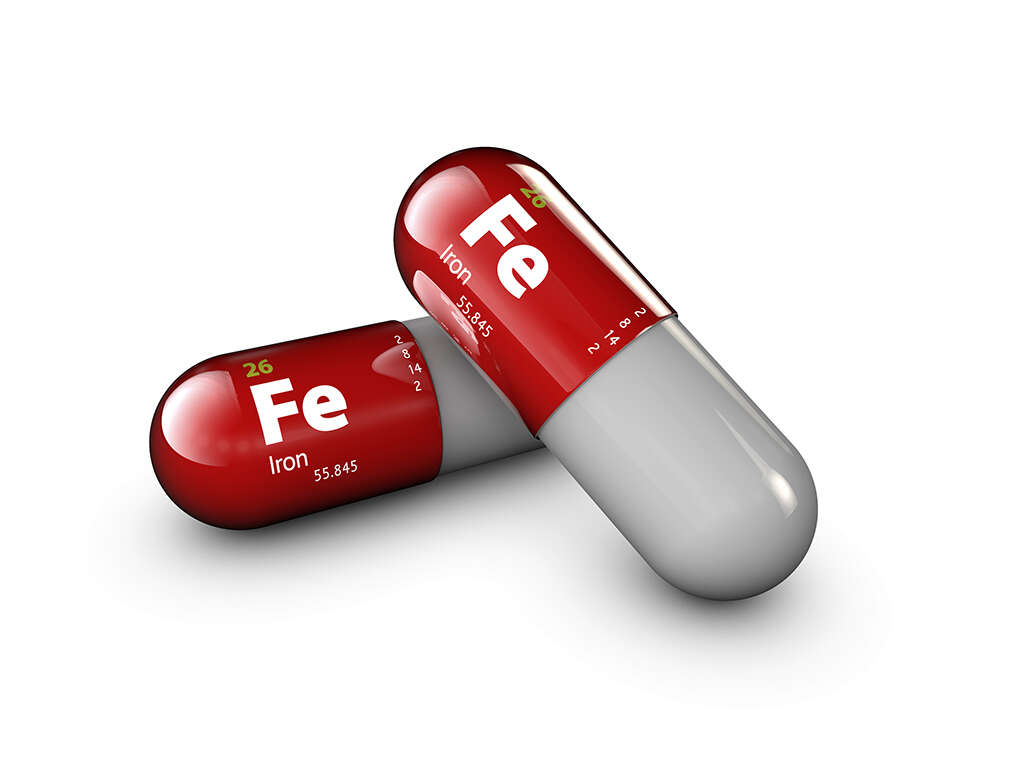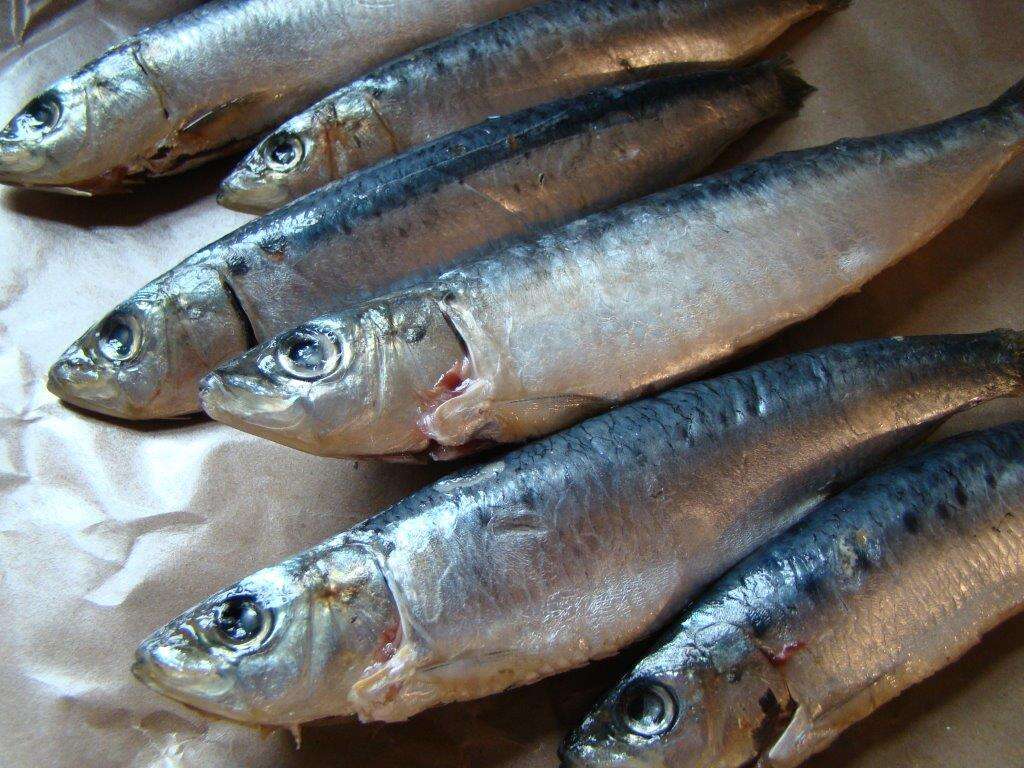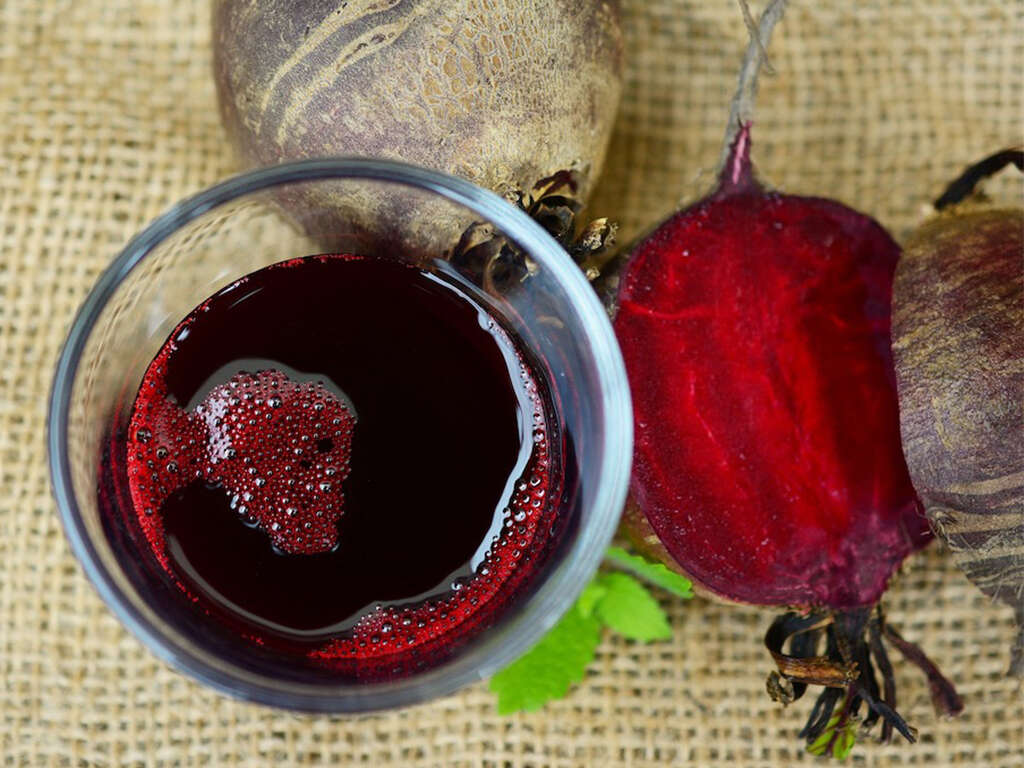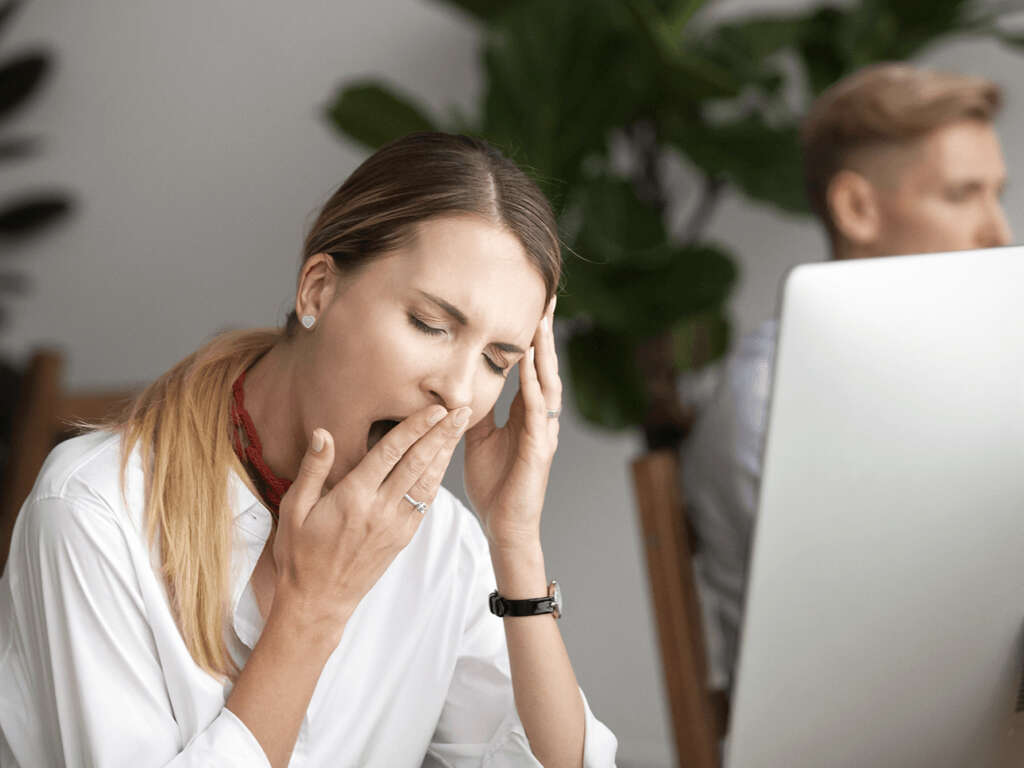10 Vegetables High In Iron
Most of us are aware of how important iron is. While not everyone knows exactly what iron does for the body, most of us know that spinach is a good source of it and that if we don’t get enough of it, there will be problems. Iron is involved in the production of energy and red blood cells. It’s important for helping ensure that we get oxygen to the different tissues and organs in our bodies. Without iron, we can develop anemia and other blood problems.
If you eat enough healthy foods, it’s not hard to meet the daily requirements for iron. This can be more difficult for vegetarians and vegans, because while many fruits and veggies contain iron, it can take some planning to make sure that your diet meets the recommended intake. Here’s a list of the best foods that you can include in your diet if you want to make sure that you get enough iron.
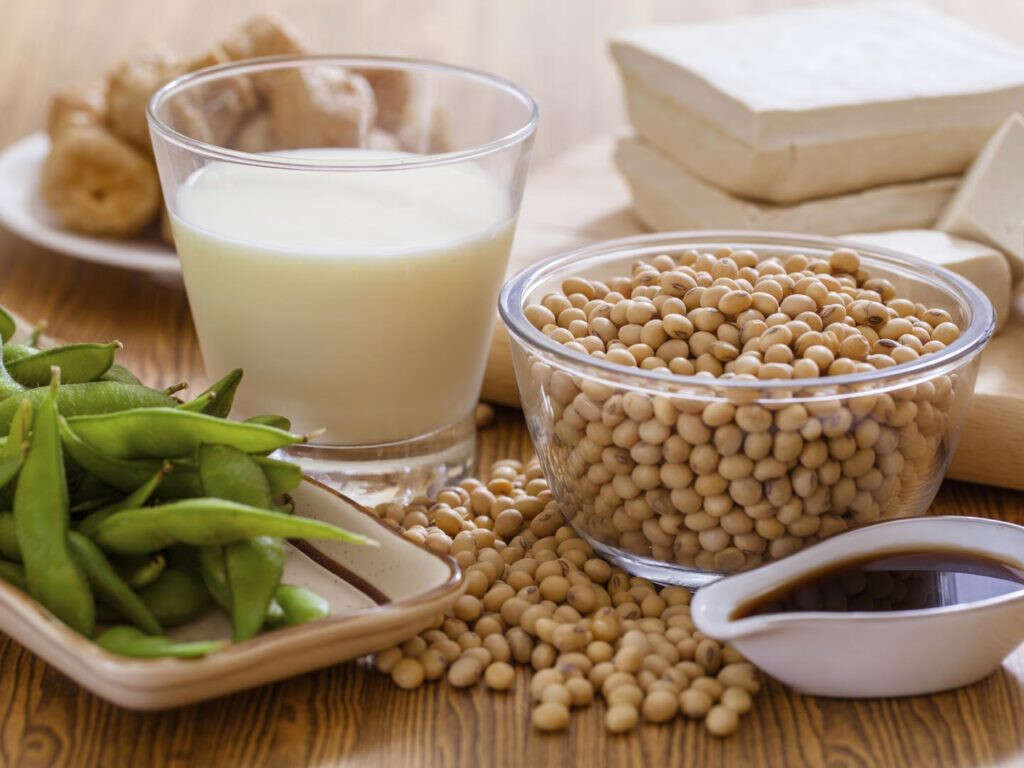
High Iron Vegetable #1: Apricots
While they’re not the densest source of iron on the planet, it’s a good idea for you to be aware that apricots are a good source of iron because people don’t always associate fruits with their iron intake.
100 grams of apricots will provide you with 2.7 mg of iron, which is quite significant because most of us only require between 8 and 16 mg of it daily.
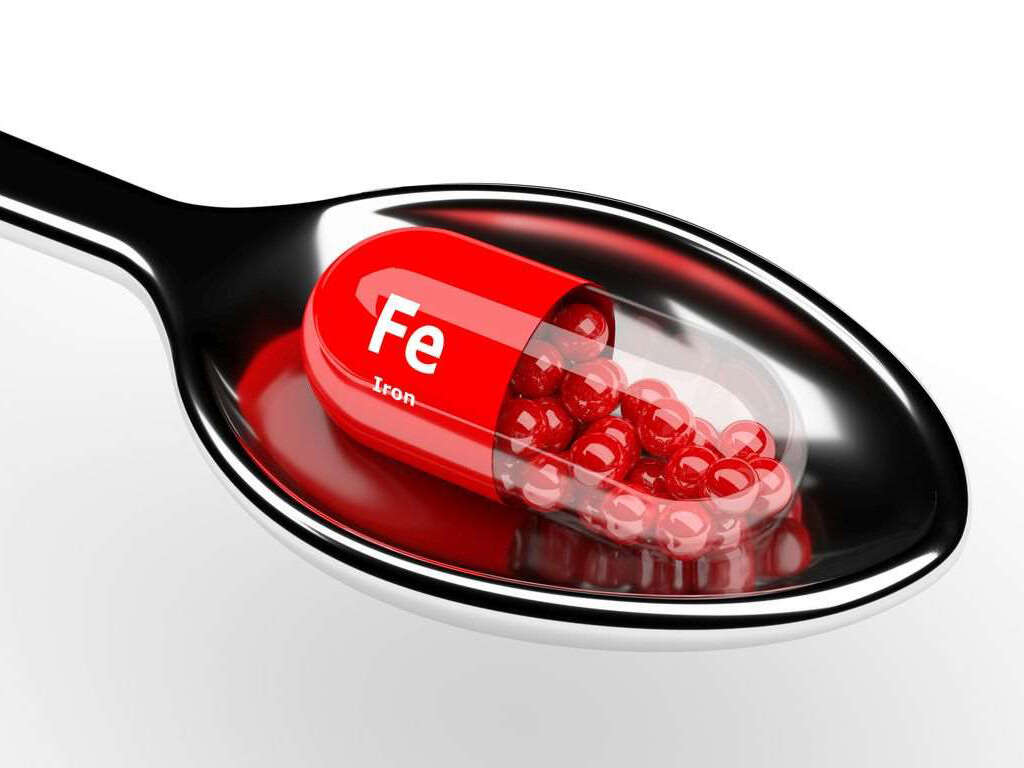
High Iron Vegetable #2: Spinach
Spinach is often the go-to food that people think of as iron-rich, especially vegetarians and vegans. A cup of cooked spinach, which isn’t really that much, gives you 36% of your daily value of iron while only providing you with 41 calories.
Since cooked spinach gets quite small and can be used in an endless number of recipes, it’s not hard to get your daily iron from spinach alone. However, the healthiest way to go about it is to switch up the food sources that you get your nutrients from.
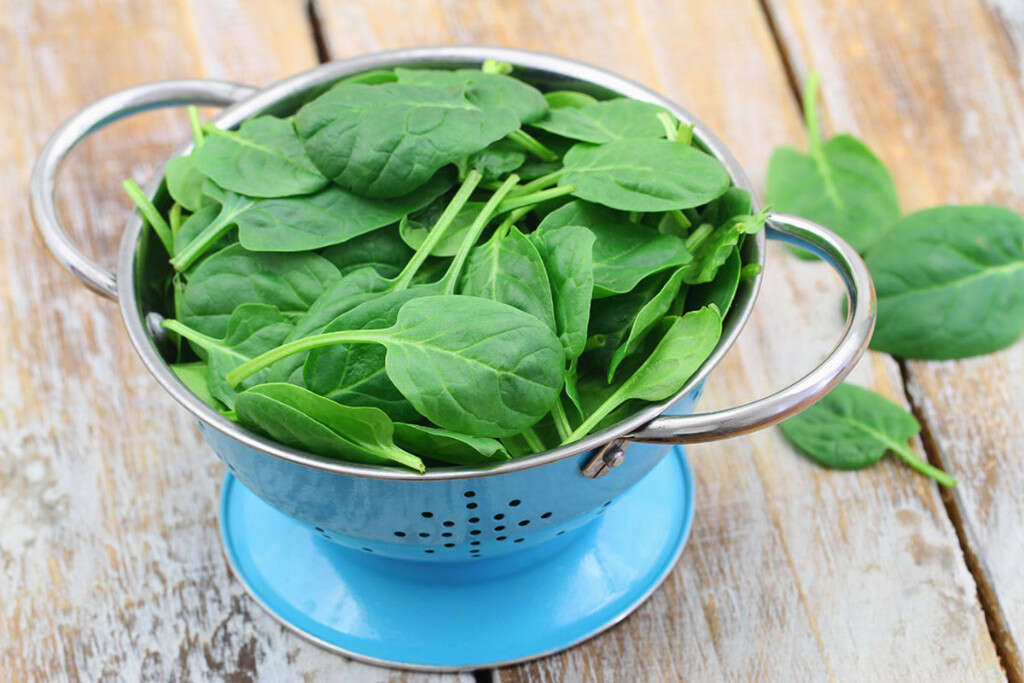
High Iron Vegetable #3: Peas
Peas – especially those that are still in their pods, are a pretty good source of iron. You can get 18% of your daily value of iron per cup of peas.
Peas are great because they can be enjoyed on their own, straight out of the pod, or cooked into a variety of meals. It’s naturally more difficult to get enough peas out of their pods to use them in a substantial meal, so many people opt for canned peas. These can still provide nutrition, but not as much.
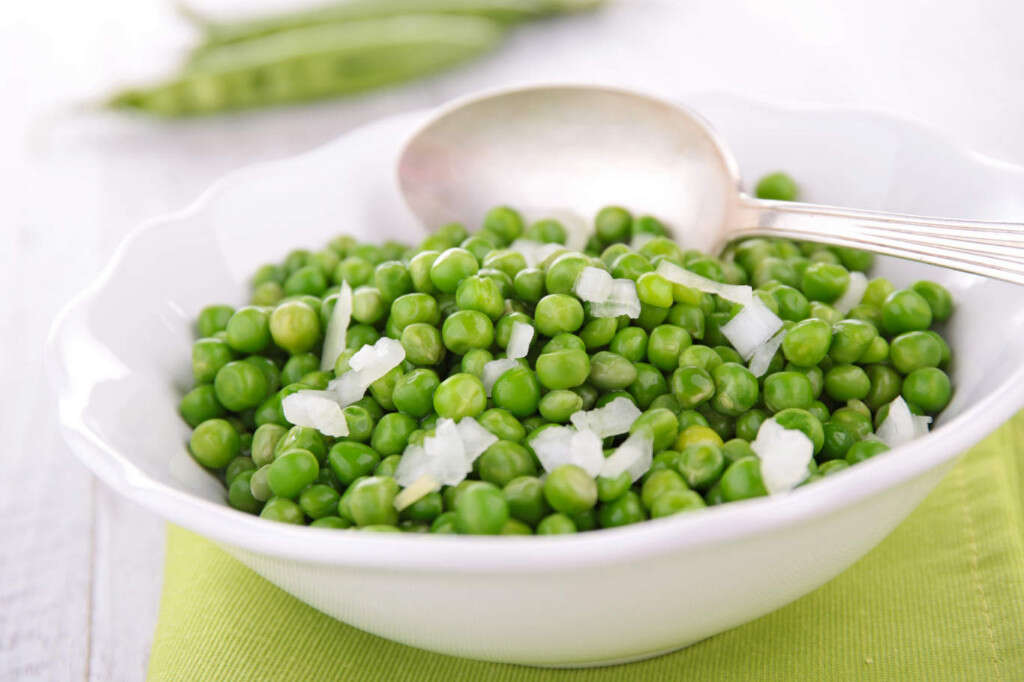
High Iron Vegetable #4: Soy Products
Soy products, like tofu, tempeh, and soybeans themselves, are all good sources of iron. In fact, soybeans are a great source of iron, providing around 8.8 mg of the stuff itself.
The majority of the iron makes it into the processed foods, and the fermenting or sprouting process actually releases more of the iron that’s stored in the bean. For example natto, a fermented food made from soybeans, will provide you with 15mg of iron per cup.

High Iron Vegetable #5: Beans and Lentils
It’s not just soybeans that are a great source of iron. Pretty much all beans and lentils are a healthy source of this vital nutrient. Lentils, for example, will give you about 6.6 mg of iron per cup cooked. Kidney beans, lima beans and navy beans all provide a similar amount of protein, between 4.4mg to 6.6mg of it per each cup cooked.
The same is true of lentils and beans such as soybeans: if you sprout them or soak them, you will release more of their nutritional value and can reap even more benefits.
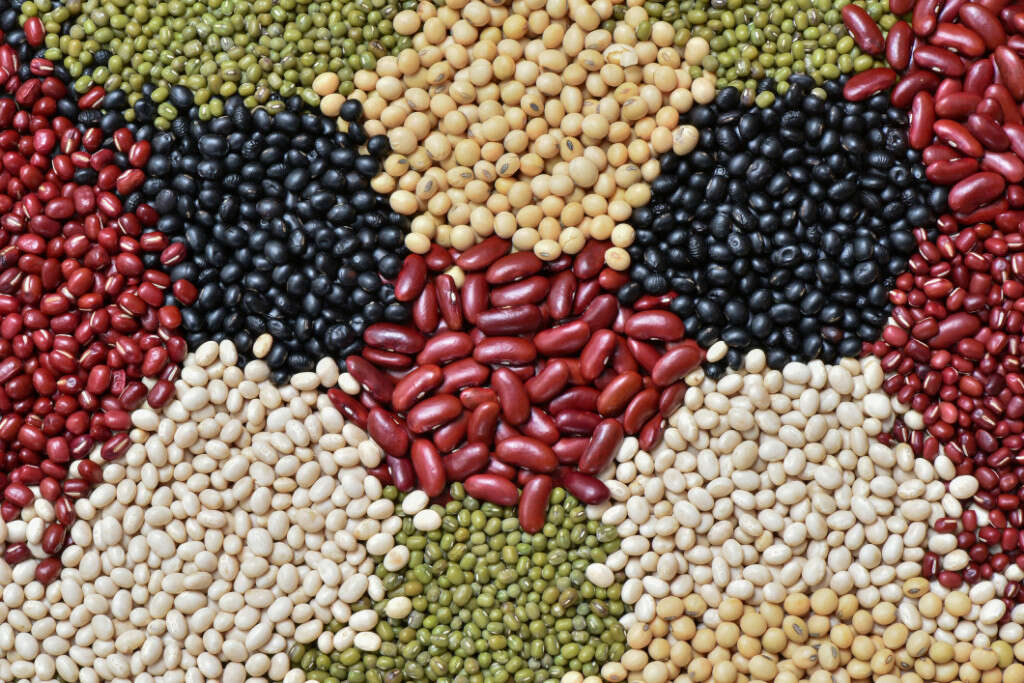
High Iron Vegetable #6: Seeds
Seeds can be a great source of iron. Good examples of seed sources of iron are pumpkin seeds, sesame seeds, and hemp seeds.
Each of these types of seeds will give you a whopping 1.2-4.2 mg in two tablespoons. It’s not hard to get a few tablespoons of seeds into your diet on a daily basis.
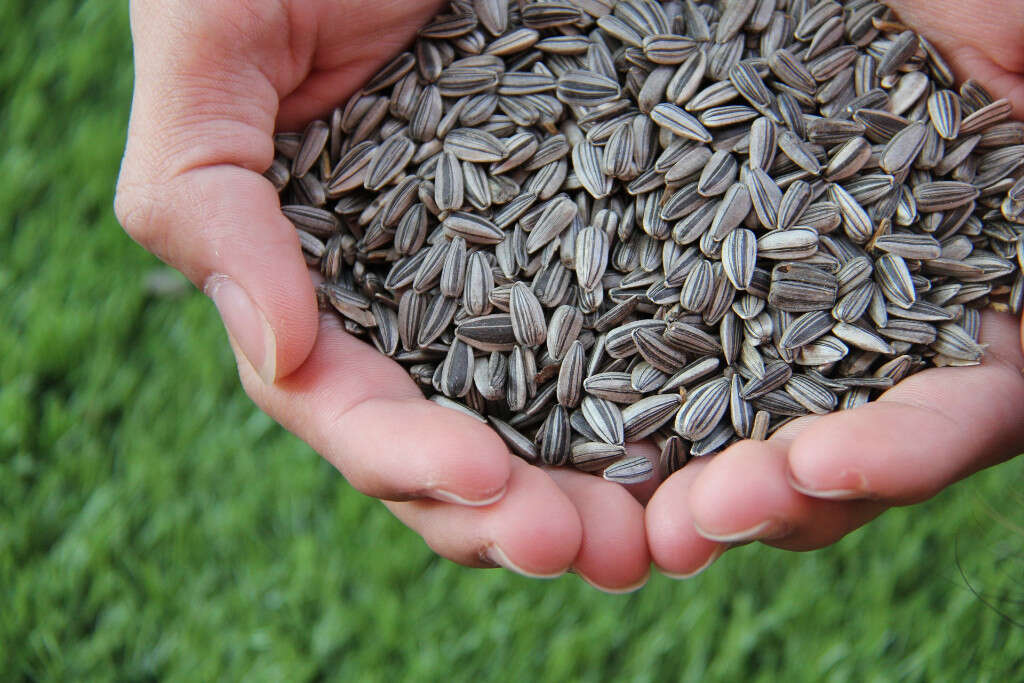
High Iron Vegetable #7: Nuts
Most nuts are also a great source of iron. The butters made from these nuts are generally also a good source. The best nuts for people hoping to balance their iron levels are almonds, cashews, and macadamia nuts. These will give you more than a milligram of iron per ounce, which isn’t a whole lot of nuts.
You shouldn’t get your iron exclusively from nuts because you’ll end up consuming a lot of fat. It’s healthy fat, yes, but you wouldn’t want too much of it.
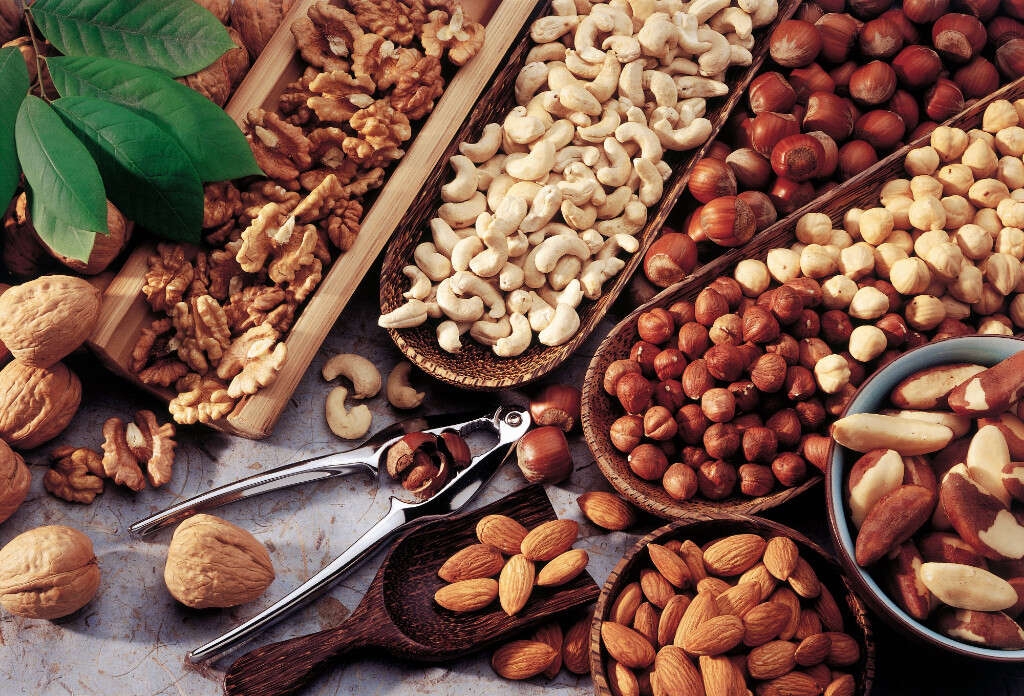
High Iron Vegetable #8: Tomato Paste
This is interesting because tomatoes on their own don’t actually provide much iron. However, when they’re condensed into a paste, the nutritional value rises.
Half a cup of tomato paste will provide you with around 22% of your daily need of the nutrient. A full cup of tomato sauce will only provide you with half of that.
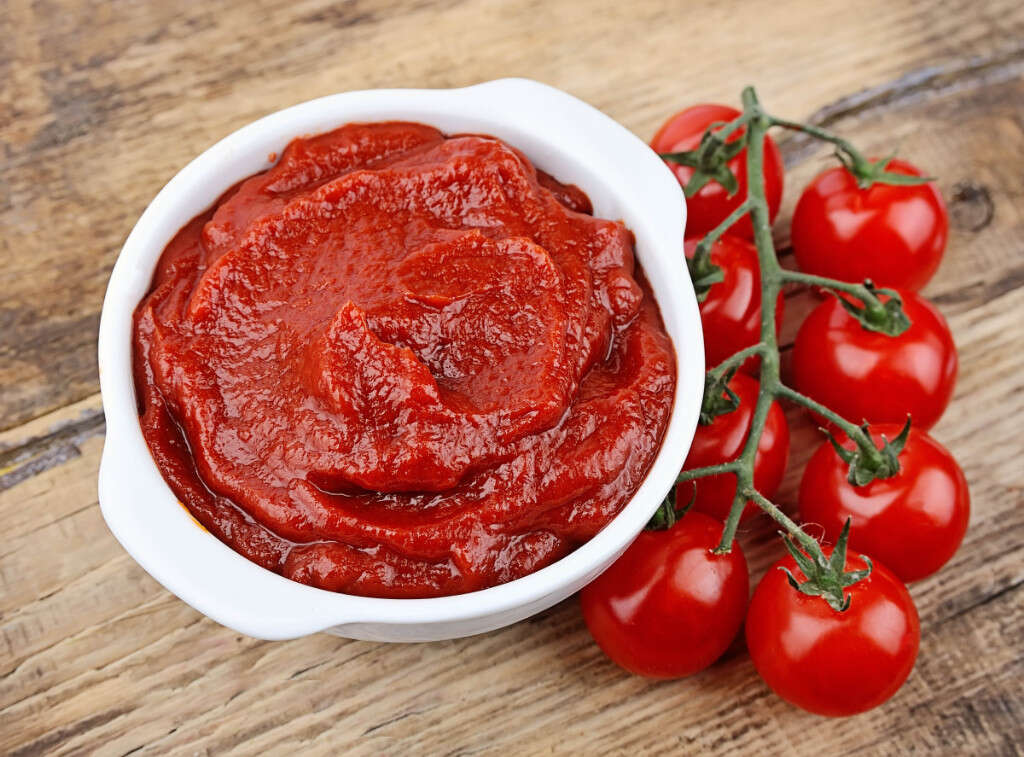
High Iron Vegetable #9: Potatoes
Potatoes, both the regular and the sweet variety, are considered to be pretty good sources of iron. Most of the iron is found in the skins, so make sure that you don’t throw them away if you peel them. You can make other foods with them – stuffed potato skins are an incredibly delicious food that can be made quite healthy.
A single unpeeled potato, weighing around 10 ounces, will give you about 18% of your daily need of iron. Similar sized sweet potatoes will give you a little bit less iron.
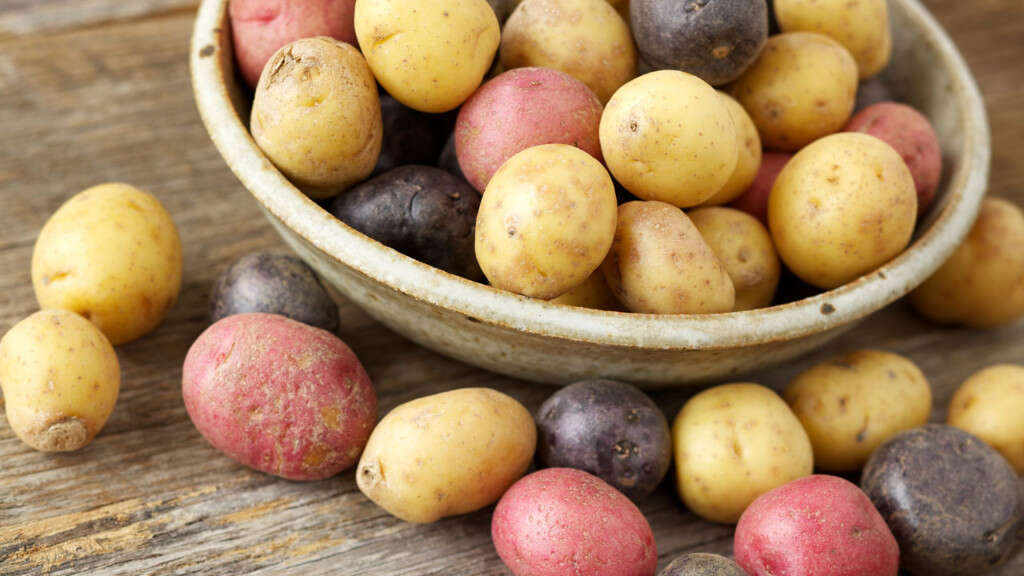
High Iron Vegetable #10: Mushrooms
Many of the culinary and medicinal mushrooms that are available share similar nutritional properties and can be used for the maintenance of various health problems. Many of them also contain some iron.
White mushrooms are a good source of iron, containing about 2.7 grams per cup cooked. Oyster mushrooms are an even denser source of iron and a cooked cup will give you slightly more. Portobello and shiitake mushrooms, on the other hand, aren’t great sources of iron.
